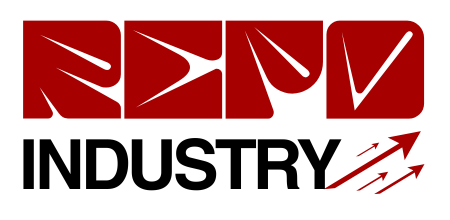The supply chain is the backbone of any business. It ensures that raw materials, components, and finished products flow smoothly from suppliers and manufacturers to customers. A well-functioning supply chain supports business continuity, improves customer satisfaction, and maximizes profitability.
However, disruptions in the supply chain can lead to financial losses and reputational damage. These disruptions are often caused by global crises, natural disasters, or logistical problems. As a business owner, you must adopt a proactive approach to avoid these disruptions before they happen.
In this post, we will explore some proactive strategies to mitigate the risk of supply chain disruptions.
7 Effective Strategies to Prevent Supply Chain Disruptions
1. Strengthen Supply Chain Execution
Supply chain execution (SCE) refers to the real-time management of supply chain processes. A poorly executed supply chain increases the risk of delays and inefficiencies. Therefore, you must strengthen SCE by integrating advanced planning and automation tools. Improving visibility into supply chain activities and streamlining operations to reduce risks can also help you regarding this.
To upgrade execution, you should invest in WMS, transportation management systems (TMS), and enterprise resource planning (ERP) software. These technologies help you track inventory levels and monitor supplier performance. Moreover, you must establish key performance indicators (KPIs) to identify weak points before they cause disruptions.
2. Develop a Risk Management Strategy
A comprehensive risk management strategy is essential for identifying and mitigating problems. You should conduct regular risk assessments to check vulnerabilities, such as supplier dependency, natural disasters, and cybersecurity threats.
A solid risk management strategy includes creating plans to deal with various disruption scenarios. These plans should outline alternative suppliers and backup logistics providers. You should also invest in insurance coverage to protect against financial losses caused by supply chain interruptions.
3. Connect With Multiple Suppliers
Relying on a single supplier or sourcing materials from a single region increases the risk of supply chain disruption. If that supplier experiences production issues, your business can face severe delays and shortages. To prevent this, you should build a diverse supplier network.
Apart from that, you should source products from multiple locations to reduce dependency on any single source. Moving production closer to the main market can also help minimize risks associated with long-distance transportation. You should conduct regular audits of suppliers to ensure they meet quality and reliability standards.
4. Use Data Analytics
Real-time visibility across the entire supply chain allows you to detect potential disruptions early and take appropriate steps. Advanced analytics and artificial intelligence (AI) can help you predict demand fluctuations and optimize inventory levels.
You can also use Internet of Things (IoT) sensors, GPS tracking, and cloud-based dashboards to monitor all supply chain operations. Data-driven insights enable you to take proactive measures to eliminate potential risks before they impact operations.
5. Optimize Inventory Management
Poor inventory management can either lead to shortages or excessive stocks. Both these things can cause supply chain disruptions. A balanced approach helps prevent the risk of stockout or overstocking. You should implement automated inventory tracking systems to ensure real-time stock updates.
It minimizes the risk of miscalculations. Demand forecasting tools also help optimize inventory levels. It ensures that you can meet customer demands without overstocking or running out of essential materials.
6. Monitor Market Trends
External factors such as trade policies, economic shifts, and natural disasters can significantly impact supply chains. Therefore, you should continuously monitor global and local market conditions to predict potential disruptions. The best thing you can do regarding this is to subscribe to industry reports.
It will keep you updated about any significant shifts in trends. Apart from that, collaborating with market analysts and using AI-driven predictive models can also help you stay ahead of emerging risks. You must keep an eye on competitors’ supply chain strategies. It will provide valuable insights into best practices for risk mitigation.
7. Strengthen Cybersecurity Measures
Cyberattacks on supply chains can lead to data breaches, production shutdowns, and financial losses. You must implement strong cybersecurity measures to protect your digital infrastructure. Using multi-factor authentication, encrypting sensitive data, and conducting regular security audits can help you with this.
If you want to stay ahead of your competitors, you must pay special attention to your supply chain. Make sure you adopt the aforementioned strategies to avoid any disruptions and maintain all operations.











